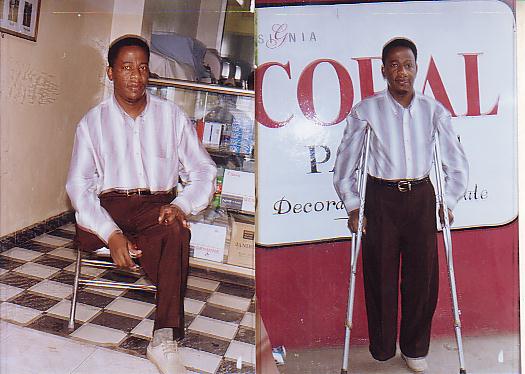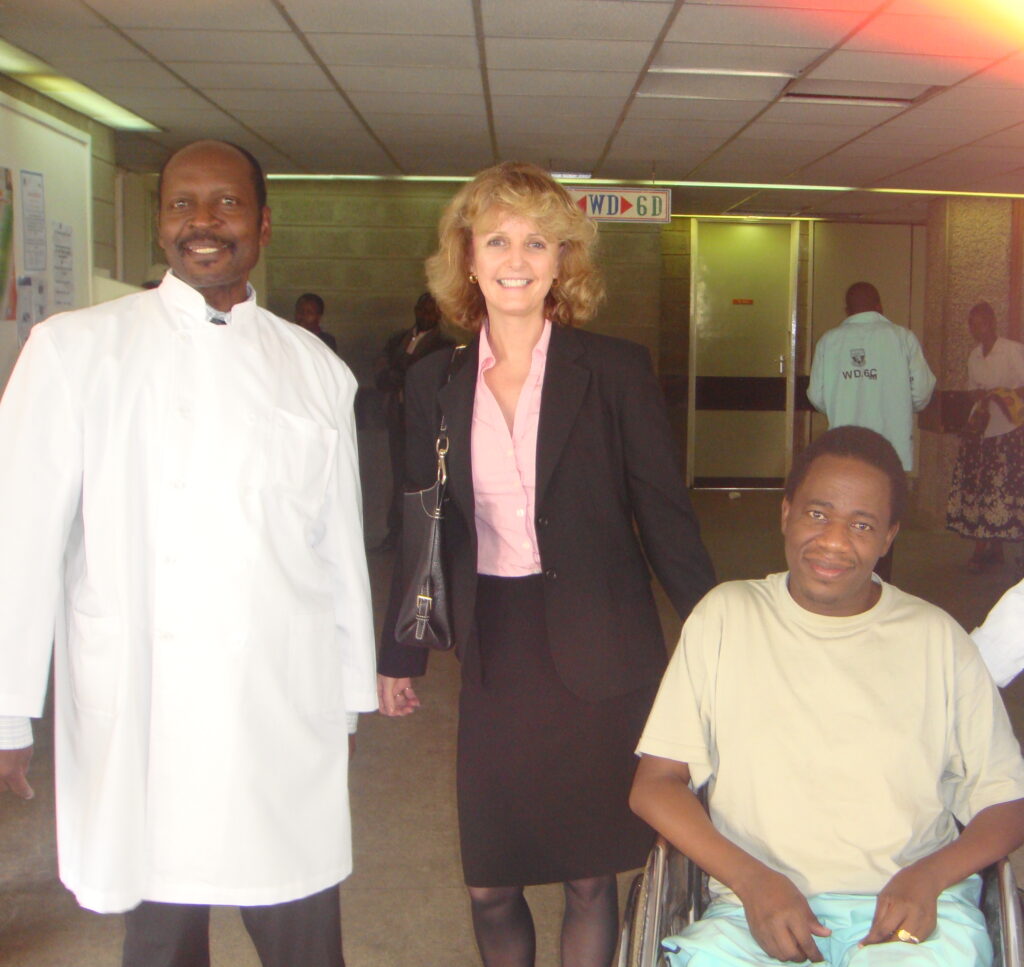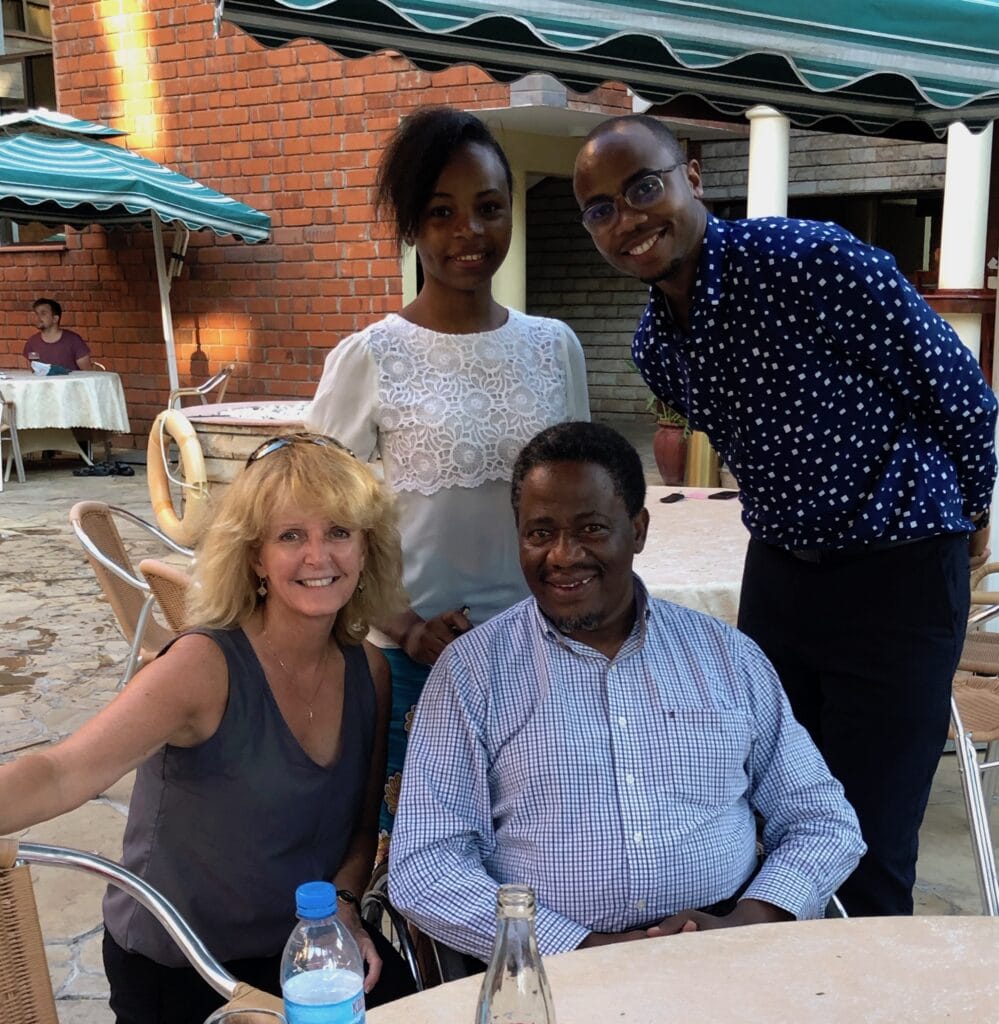Farewell, Hepson
When I first went to Nicaragua in 1999—the first person from the global hemophilia community to do so— I met the oldest person with hemophilia there. He was only 41.
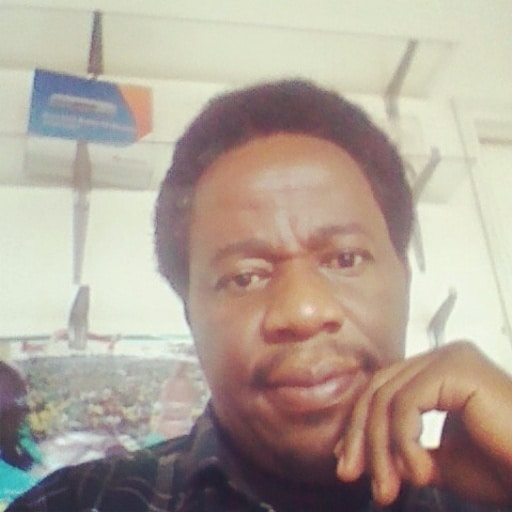
That was a typical statistic back then. People did not live long with untreated bleeds. Most developing countries had no factor. So it was very surprising to meet a man who never had factor and was doing great into his 50s—Hepson Minja of Tanzania.
I’ve written about Hepson before in HemaBlog, and we just published an essay of his in March. I first met him in Kenya, where he was seeking treatment. Then, I met him later on in Arusha, Tanzania, where he lives, and where you can access Mt. Kilimanjaro, the highest peak in Africa.
I was planning to see Hepson in July, when I would return to Kilimanjaro, and bring him a ton of factor and supplies. But his daughter and brother emailed me this morning to say he was gone. Hemophilia claimed him at last, at age 61. He had a stroke suddenly, and the brain bleed that followed killed him.
Hepson was a remarkable man. Never formally educated, he trained as an electronics repair man in 1983, repairing televisions and radios that had been his source of livelihood ever since. In 1993, his knee swelled for almost three months with extreme pain and no medical prescriptions. After an assessment from the doctors, it was agreed that the leg would be amputated. He lost a lot of blood and after every two days received a blood transfusion of around 26 units. He stayed in hospital for six months.
But nothing stopped him. Hepson ran his own small business, got married and had children. His son John is studying to be a doctor. Now that’s quite a legacy.
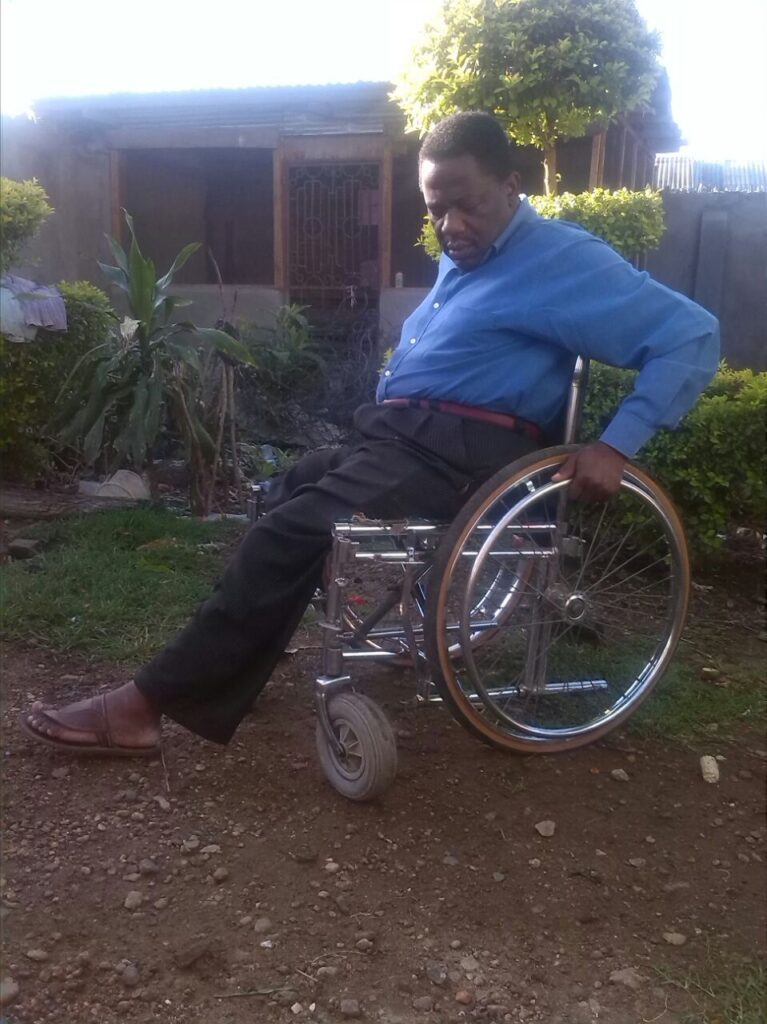
As is this: Hepson was the impetus for his brother Richard to found the Hemophilia Society of Tanzania. Richard had reached out to me to ask for factor for his brother Hepson. I sent some, but also asked Richard to consider starting a hemophilia foundation. He did and we worked together for a few years to get it off the ground. It was a lot of work. But it worked. The HST is now a member of the World Federation of Hemophilia, and I hope to see them in July! They are also a program partner of Save One Life, the nonprofit I founded in 2001.
So Hepson left a huge legacy. Because of him, there is a foundation in Tanzania for those with hemophilia. Hepson struggled, and he suffered. But he leaves us with this amazing legacy, that will give other children the life he himself was unable to have.
Thank you, Hepson, and rest in peace. Our deepest condolences to your family.

